This Halloween, Apollo’s editors pick seven horror films for art historians
Nosferatu (1922), dir. F.W. Murnau
F.W. Murnau’s unauthorised adaptation of Bram Stoker’s Dracula is the fons et origo of vampire movies. But Murnau didn’t only suck blood from Stoker. His vision of 19th-century Germany (and Transylvania) deploys allusions to artists from Rembrandt to Kirchner and is indebted to works by the German Romantic painter Caspar David Friedrich – perhaps most memorably the coastal paintings in which isolated figures gaze at an inscrutable sea.
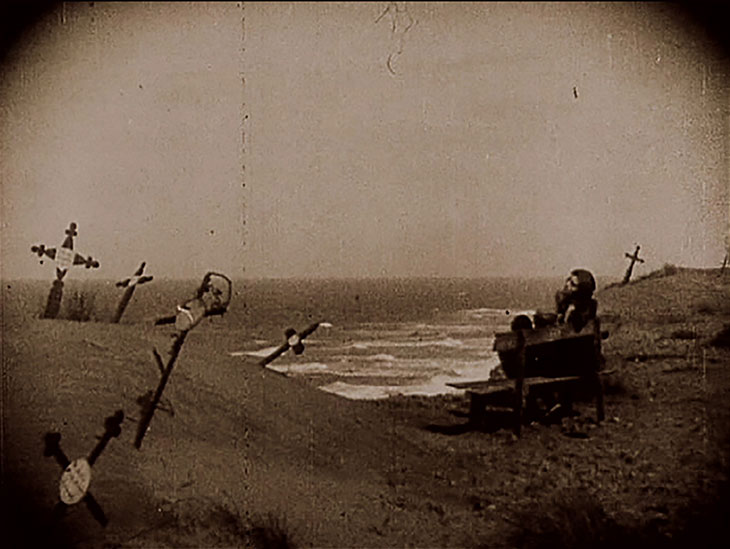
Nosferatu, Eine Symphonie Des Grauens (still; 1922), dir. F. W. Murnau.
Don’t Look Now (1973), dir. Nicolas Roeg
In 1973, film-goers in the UK could see the first release of Don’t Look Now and The Wicker Man on the same double bill. While The Wicker Man has spawned many parodies over the years, from the League of Gentlemen to (some would argue) the Nicolas Cage remake, the A-film has never lost its ability to disturb. Nicolas Roeg takes a story by Daphne du Maurier, chops up its chronology and unsettles us with his cinematography and editing. The plot follows an art restorer (Donald Sutherland) and his wife (Julie Christie), who are in Venice after the death of their daughter. Christie’s character is more obviously grief-stricken; Sutherland – at work restoring the 12th-century church of San Nicolo dei Mendicoli – is more stoical and sceptical, yet seems to catch glimpses of their dead daughter everywhere. The ending is shocking even when you know what is coming – and the dismal, grey, wintry Venice on view always chilling.
The Shining (1980), dir. Stanley Kubrick
The story of a writer named Jack Torrance who, accompanied by his young family, takes a job as the off-season caretaker of the remote (and haunted) Overlook Hotel in Colorado is derived from a Stephen King novel. Beyond the actors’ performances, what sticks in the mind is a series of images never described in the book – such as the spectral sisters in the hallway, apparently inspired by a Diane Arbus photograph of identical twins. Artists have in turn been influenced by The Shining. Julie Becker’s absorbing, unsettling scale model of the Overlook Hotel, titled Researchers, Residents, A Place to Rest (1996), is a stand-out example.
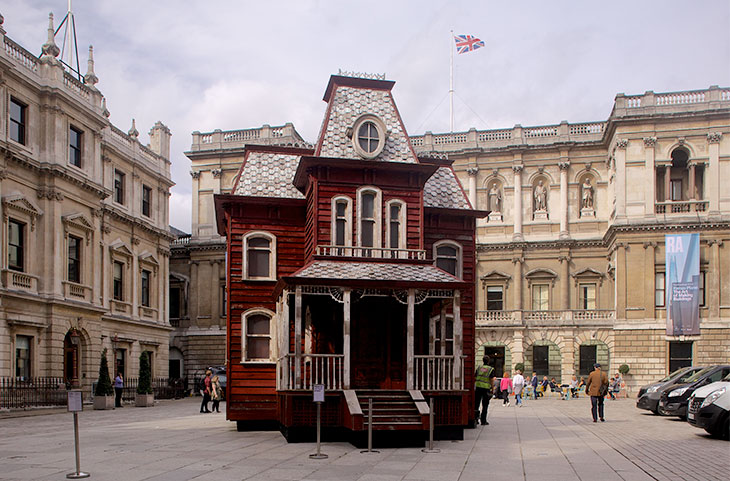
Transitional Object (PsychoBarn) (2016), Cornelia Parker. Installation view in the courtyard of Burlington House, Royal Academy of Arts, London. Photo: © Phil Sayer
Psycho (1960), dir. Alfred Hitchcock
If you go down to the RA today, you’ll encounter an homage to spook-mongers Hitchcock and Hopper in the courtyard. Made from a deconstructed American red barn, Cornelia Parker’s Transitional Object (PsychoBarn) is based on the Bates house in Psycho, which in turn was modelled on Edward Hopper’s painting House by the Railroad (1925). Look out for Mother at the window in a special screening of the film on 23 November, followed by a talk with Beatrice Galilee, the Met curator who originally commissioned Parker for the work.
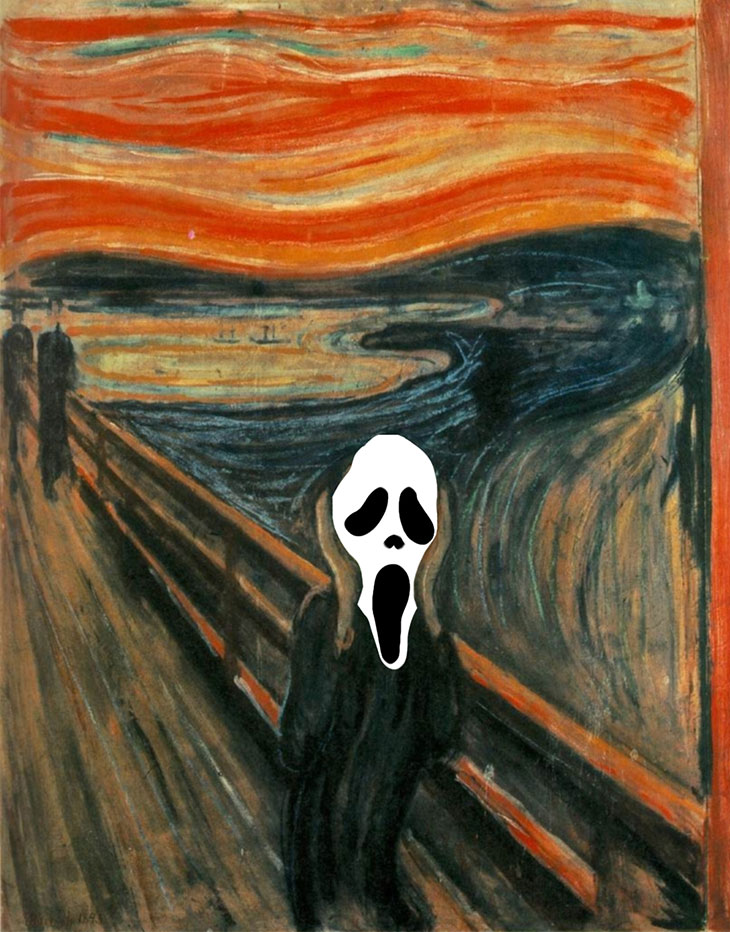
Ghostface meets The Scream. Image: Tom Lobo Brennan
Scream (1996), dir. Wes Craven
Horror goes meta in Scream, the satirical slasher-film franchise that made its debut in 1996. The film opens with Drew Barrymore’s character receiving a series of anonymous phone calls from a man who poses the question: ‘What’s your favourite scary movie?’ Several sources of inspiration have been cited for the famous Ghostface mask worn by the murderer in the first film (and by subsequent villians in the sequels). One popular contender is Munch’s Expressionist masterpiece, although Brigitte Sleiertin-Linden, a designer who says she worked on the initial concept for the mask, also cites the animated ghosts of Max Fleischer’s 1930s cartoon series Betty Boop.
Suspiria (2018), dir. Luca Guadagnino
Out now in cinemas, Luca Guadagnino’s remake of Dario Argento’s Italian classic has already made plenty of headlines – not all for the right reasons. Last month the film’s distributors Amazon Studios faced a copyright infringement suit from the estate of Ana Mendieta, which alleged that works by the artist, including her celebrated Siluetas series, had been copied too closely. The claims have now been settled.
Ghostbusters II (1989), dir. Ivan Reitman
Ghostbusters II, released in 1989, revolves around an artwork. One of the now out-of-business ghostbusters has an ex-girlfriend who works at the fictional Manhattan Museum of Art. The villain is Vigo the Carpathian, an ancient sorcerer whose spirit is trapped in a painting in the museum. The ‘painting’ itself was actually a photograph of the actor Wilhelm von Homburg, scaled up and artificially aged. A horror indeed.
Unlimited access from just $16 every 3 months
Subscribe to get unlimited and exclusive access to the top art stories, interviews and exhibition reviews.

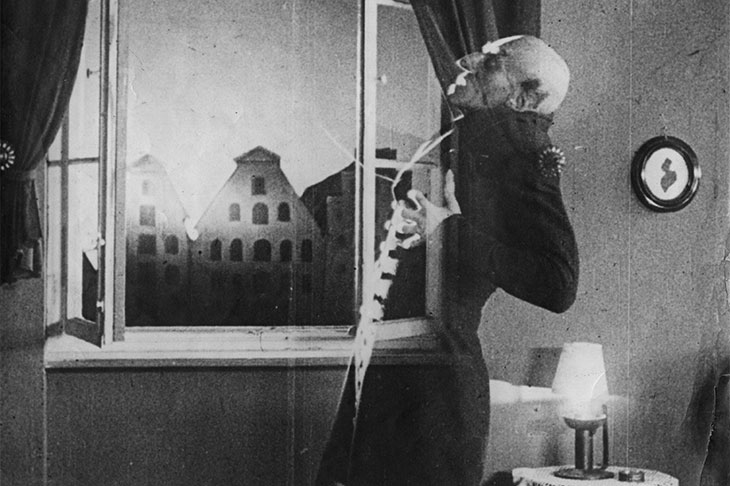
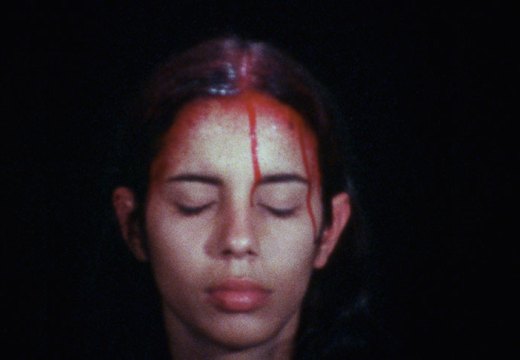
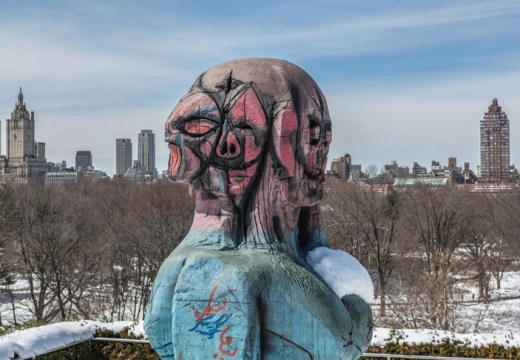
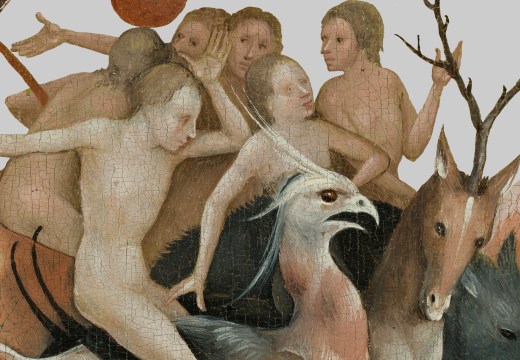









![Masterpiece [Re]discovery 2022. Photo: Ben Fisher Photography, courtesy of Masterpiece London](http://www.apollo-magazine.com/wp-content/uploads/2022/07/MPL2022_4263.jpg)
It’s time for the government of London to return to its rightful home